The need for inventory visibility has never been more critical in retail. Customers expect their goods to arrive faster than ever before and want to know where their package is every step of the way.
The introduction of Radio Frequency Identification (RFID) technology, enables retailers to track the precise location of merchandise throughout the supply chain, from the distribution centre right to the shop floor. RFID can dramatically reduce out of stock and overstock items, recognise loyalty accounts and facilitate mobile transactions. By attaching RFID item-level tags, retailers are increasing inventory accuracy to a robust 99.9% and dropping out of stocks by up to 80%. For retailers who want to stay afloat in the competitive market, it is imperative that they understand how RFID can rapidly improve their customer service.
Going beyond inventory accuracy – redefining the customer experience
The customer experience has changed drastically over the last decade. Buying goods has never been easier – with the click of a button numerous orders can be made using mobile phones, with goods ready to pick up in store within a matter of hours. Customers can see all that a store has to offer without setting foot inside and check stock levels without the assistance of shop attendants. Whilst shopping has in many ways become easier, there are few issues that constantly cause a breakdown in the process, with one of the main offenders being inaccurate stock levels.
Today, inventory accuracy continues to be an ongoing issue across retail sectors, from department stores to full-line supermarkets and big-box chains. Shortfalls in the ability to measure stock levels accurately cause retailers to lose out on potential sales and put customer loyalty at risk. How do retailers address this issue? The answer is RFID.
RFID is 10 times more efficient at cycle counting than traditional barcode scanning and can increase inventory accuracy across the supply chain. RFID can track inventory in substantially less time and is designed to meet the needs of today’s shoppers, who expect a seamless experience from shop to doorstep.
RFID Pilot Program
Retailers who are interested in improving their customer service through RFID don’t have to jump straight in. When it comes to implementation, launching a pilot program instore can help retailers effectively measure the benefits and return on investment (ROI) of RFID before launching a full deployment.
First, retailers need to determine the payoff of RFID for their business. Inventory accuracy is a major pain point for customers, and improving it is a universal goal for retailers. For this reason, it can be an essential part of delivering an outstanding shopping experience. Retailers can strategically measure this payoff by benchmarking their strategic goals against the technology’s key performance indicators (KPIs), such as a reduction in out of stock items by 60-80%. If the RFID meets its KPI’s, retailers are sure to deliver an improved customer experience whilst streamlining efficiency and increasing sales.
Furthermore, RFID can help retailers identify visibility issues and solutions to increase customer satisfaction – for example by keeping visual displays up to date. Is there a particular shop item that is chronically low on inventory? Is an apparel display table consistently unkempt, routinely missing sizes, colours and styles and failing a vendor’s visual display compliance agreement? In these cases, a retailer might consider an RFID pilot designed to improve merchandising standards for labour-intensive product categories and ultimately improve the customer experience.
To learn more about piloting RFID to transform the customer experience, click here.
For more information please contact Zebra Technologies at www.zebra.com






















